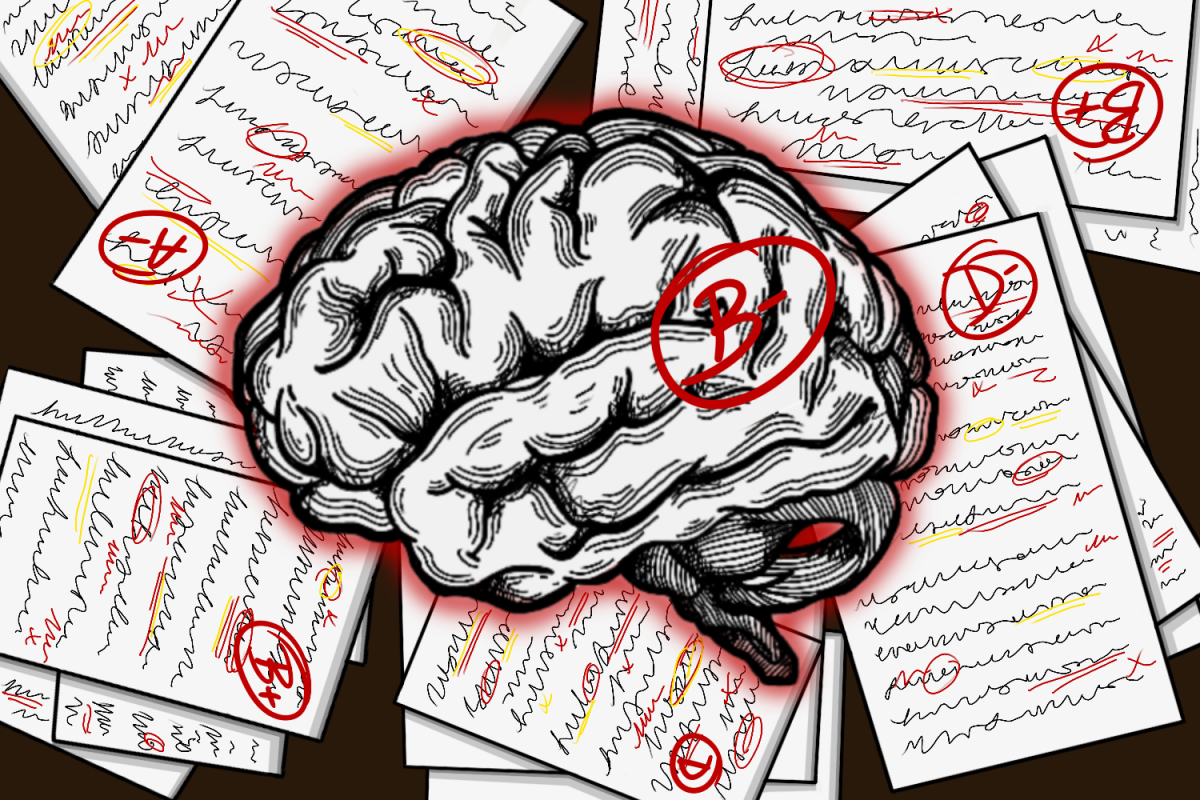The months of August and September bring the deadly combination of heat advisories, increased humidity and outdoor activity. What results are around 600 deaths in the United States each year from heat-related incidents. If students are not moving into their dorms, they’re attending football games or walking from class to class in triple-digit temperatures. The University has a number of resources to account for temperature increases but should have more.
The Division of Housing and Food Services accounts for weather during move-in by hiring an additional 400 volunteers to help with tasks such as managing elevators, assisting students with luggage and hiking tents for additional shade. The idea is the more help students receive, the quicker they are out of the sun. Aaron Voyles, the area manager for Jester dormitory, said that he prioritizes staffing the dorms and training employees appropriately so that response time is quick if any crisis occurs.
“We know that Texas is hot,” Voyles said. “Students do get a little overheated, and it’s also an emotional time for staff and students. That’s why we try and provide that assistance.”
Not every campus organization is as heavily staffed to respond to heat exhaustion. As easy as it is to get heat exhaustion, University Health Services relies almost exclusively on web presence as a prevention technique, with only one webpage serving as UHS’s campaign against heat exhaustion on campus. UHS Medical Director David Vander Straten said if a student’s symptoms are bad enough, the health center will call EMS.
“We actually don’t see a lot of students with heat exhaustion symptoms,” Straten said. “Injuries run the gamut. We see a lot of students struggling with mental health and students with mild injuries.”
When it comes to game day, Straten said UHS’s traffic is slower despite an increase in people visiting campus. He said more people are focused on having fun and do not want to leave the game even if they experience mild symptoms of heat exhaustion.
But access to UHS is not particularly easy. The building where services are provided is several blocks away from the tower on West Dean Keeton, and even farther from the stadium. Although it would be infeasible for the services to move elsewhere on campus, this distance discourages students with any type of physical ailments from utilizing University services.
The University is responsible for keeping its students informed concerning inclement weather conditions, but as of now, the University does not send out a campus report like it does during snow days, leaving it up to the students to follow the weather advisory.
The disproportionate response between DHFS’s move-in day policies and the low traffic for heat exhaustion experienced by UHS might suggest that students do not know about the campus resource — not that heat exhaustion is not an issue.
Taking a precautionary approach to prevent medical emergencies from happening is always a good idea. UHS has the appropriate resources but should focus on awareness and prevention instead of simply responding. On the flipside, while the University is not necessarily doing anything wrong, they could put more energy into promoting UHS services.
Sampson is a journalism junior from Chevy Chase, Maryland. Follow her on Twitter @katclarksamp.





















